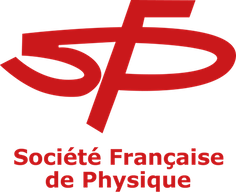Orateur
Description
The interacting shell model is a modern many-body method used in nuclear structure calculations. The basic idea of the model is that the eigenproblem for a microscopic Hamiltonian is solved by diagonalization of the Hamiltonian matrix in a spherically-symmetric many-body basis (for example, a harmonic oscillator basis). The basis dimension grows very rapidly with increasing atomic number A. For nuclei with A>18, only a few valence nucleons can be treated as active particles interacting with each other in a truncated Hilbert space, consisted of one or two oscillator shells outside a closed-shell core. The interaction between valence nucleons in such a model space is an effective interaction and not a bare nucleon-nucleon interaction as between free nucleons anymore. When phenomenological effective interactions are used, the shell model is known to provide excellent description of excitation spectra and transitions at low energies, while to derive accurate microscopic effective interactions from the bare nucleon-nucleon potential is still a challenge. In this work we discuss the formalism and numerical implementation of many-body perturbation theory, as well as compare the properties of the derived microscopic interactions with empirical interactions.

